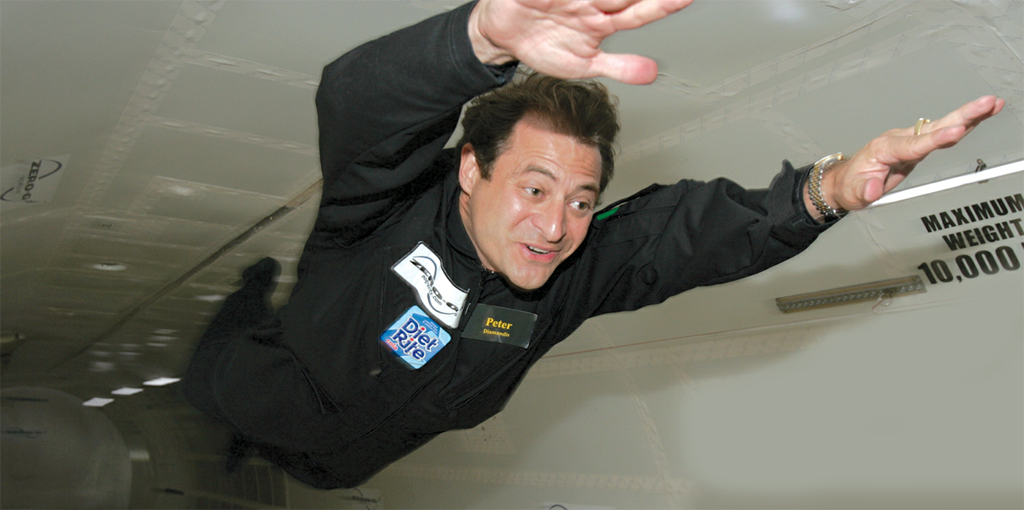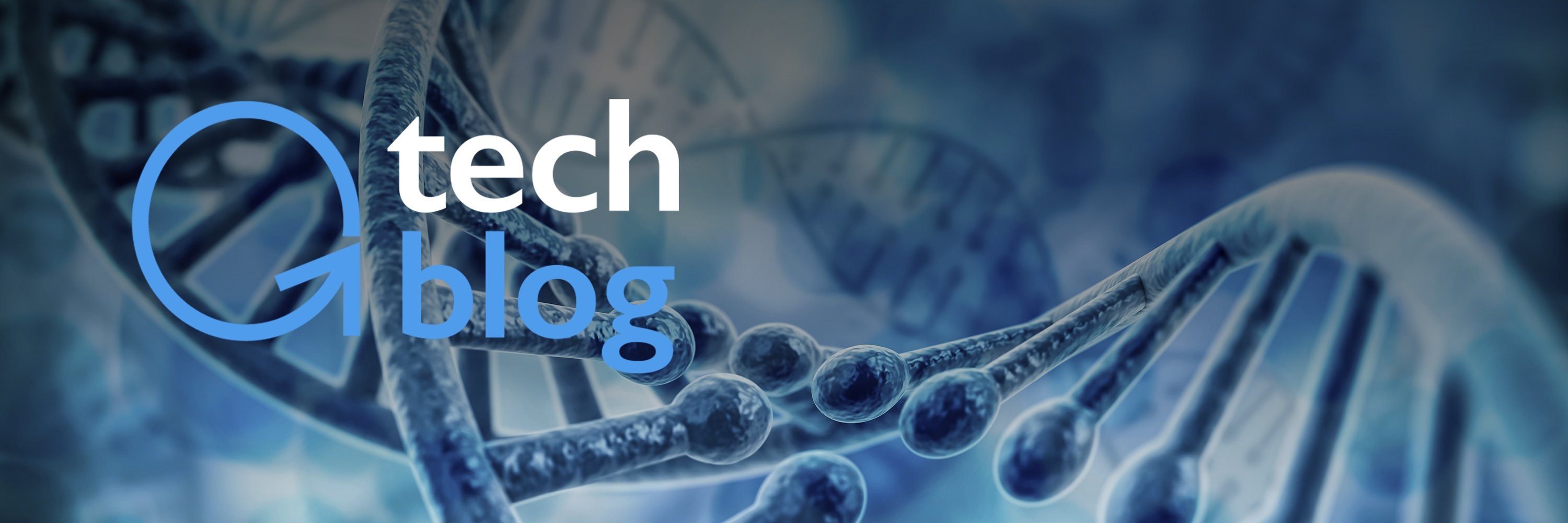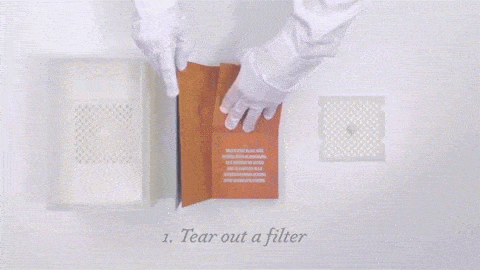
Drinkable books, Darwinian robots and on-demand doctors. These are just some of the inspiring innovations we curated in this week's edition of Abundance Insider.
Cheers,
Peter, Marissa, Cody, Maxx, Kelley and Greg
P.S. Read any news that should go in this digest? Send it to data@diamandis.com.
P.P.S. Know someone who would benefit from getting Abundance Insider? Send them to this link to sign up.
What is this? Consider this a briefing of the week's most compelling tech developments, as uncovered by Peter and his team and curated by Marissa Brassfield. In preparation for Abundance 360, Peter's mastermind for exponential entrepreneurs, our team shares breakthrough ideas and news items with each other and consider their implications for entrepreneurs.
Drinkable Book Has Pages That Turn Raw Sewage Into Drinking Water

What it is: Researchers at Carnegie Mellon have developed a book on water safety with pages that purify bacteria-laden water into drinking water. Each page is embedded with silver and copper nanoparticles and can purify 100 liters (26 gallons) of water; a single book has the purification power to satisfy one person's drinking water needs for four years.
Why it's important: 3.4 million people a year die from water-related diseases, and 358 million people lack access to drinking water in sub-Saharan Africa alone. A simple solution like this enables breakthroughs in health care, longevity and global wellness.
Spotted by Marissa Brassfield
Google's Project Sunroof Tells You How Well Solar Would Work On Your Roof
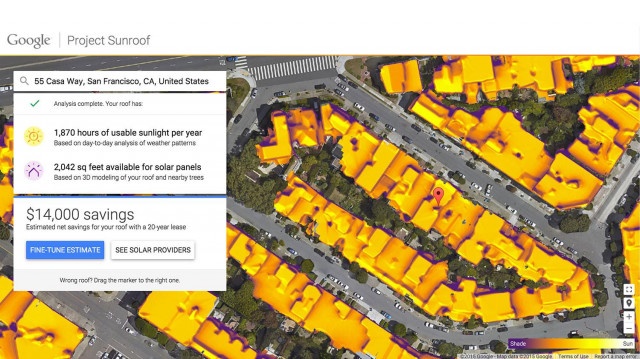
What it is: Google's Project Sunroof is a "20% time" project by Carl Elkin that uses Google Maps to display how much solar power your roof could generate based on local weather, shade from nearby buildings and even your roof's orientation. The tool shows users the recommended solar installation size and approximates the cost of buying or leasing hardware.
Why it's important: Project Sunroof streamlines and simplifies the economics of home solar installation. It's a great example of how an effective interface can catalyze action by decreasing complexity.
Spotted by Eli Call
Samsung Looks to Join the Satellite Internet Space Race
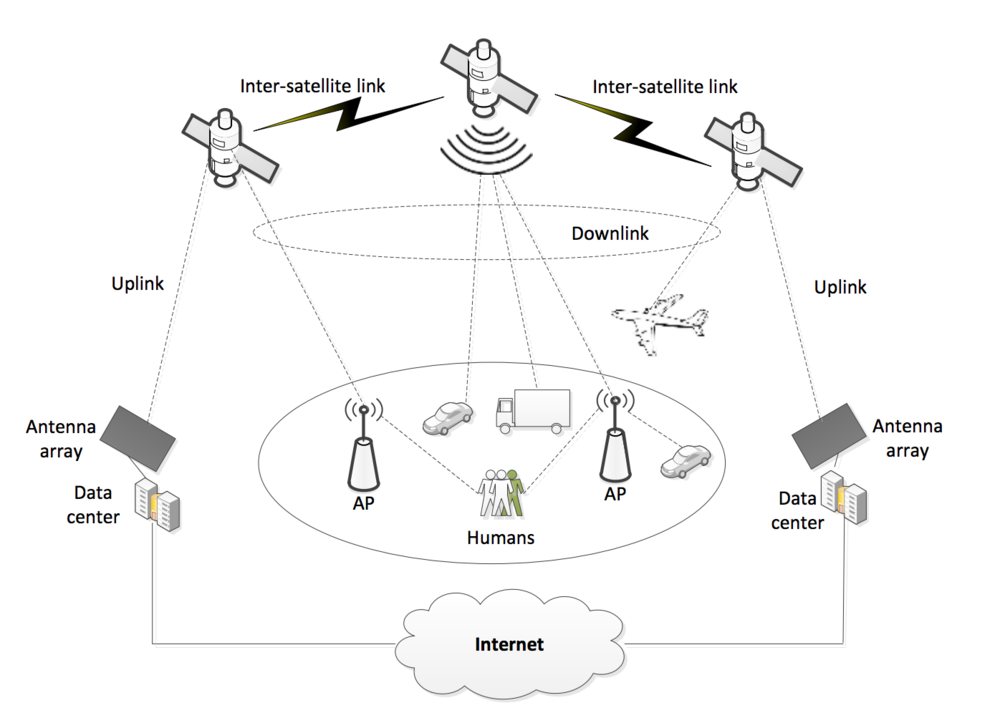
What it is: Farooq Khan, head of Samsung Research America, has published a paper describing Samsung's idea to use thousands of low earth orbit satellites using millimeter wave technologies to provide global Internet. Samsung is the latest big company to express interest in democratizing Internet access via space; we've previously reported on similar efforts from Google, Facebook and OneWeb.
Why it's important: In Abundance and a past blog, Peter teased the vast potential of the Rising Billions -- the 3 to 5 billion new consumers who are about to come online between 2016 and 2020 -- and the tens of trillion dollars that will flow into the global economy as a result. Our next mission is to prepare for the implications of 7+ billion connected minds.
Spotted by Peter Diamandis
Intel CEO Says Computing Rests On Three Big Assumptions
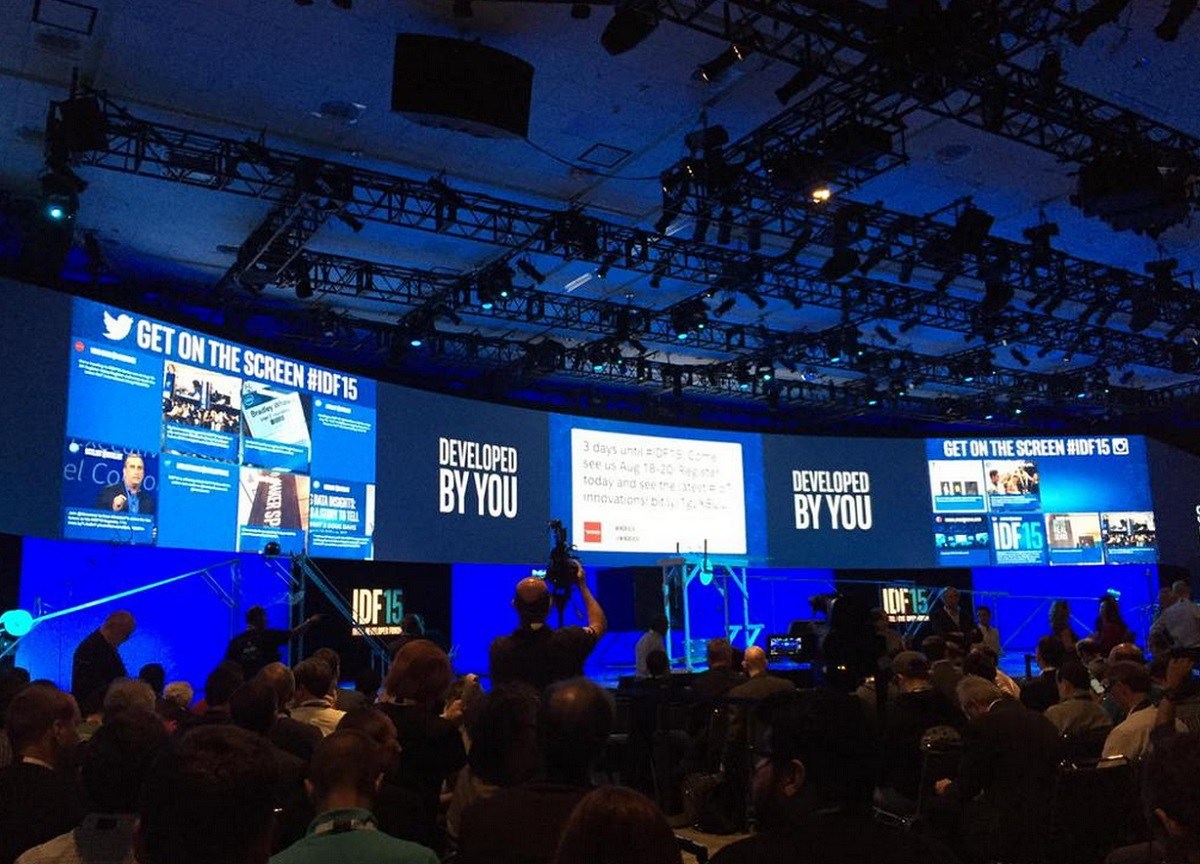
What it is: At the recent Intel Developer Forum in San Francisco, Intel CEO Brian Krzanich outlined his three big assumptions for the future of computing: sensification (using computing sensors to instrument the world around you), built on the Internet of Everything, and an extension of the user.
Why it's important: The convergence of computing, networked sensors, and artificial intelligence will dematerialize computers as we know them today. Instead of physical objects that remain relatively consistent in form, future computers will be a seamless part of our clothing and home decor, with embedded wake-on-voice tech that uses natural language and physical gestures as interfaces.
Spotted by Marissa Brassfield
'Mother Robot' Builds Children That Evolve and Get Better With Each New Generation
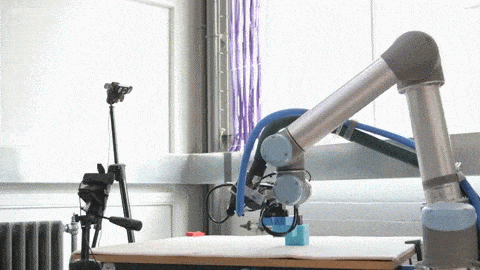
What it is: Cambridge University scientists have developed a "mother" robot that constructs its own "children" out of mechanized blocks and uses Darwinian logic to test and assess their relative performance. It deconstructs the least-successful "children" and rebuilds the next generation using the best-performing bot as a model. The 10th generation of these cube-bots performed twice as well in testing as the first generation.
Why it's important: By using robots to model natural selection, we not only get better and more diverse robots, we also get better insights on human evolution. "One of the big questions in biology is how intelligence came about," explained Cambridge engineer Dr. Fumiya Iida. "We're using robotics to explore this mystery."
Spotted by Marissa Brassfield
Circle Medical Brings A Full Service Medical Practice To You
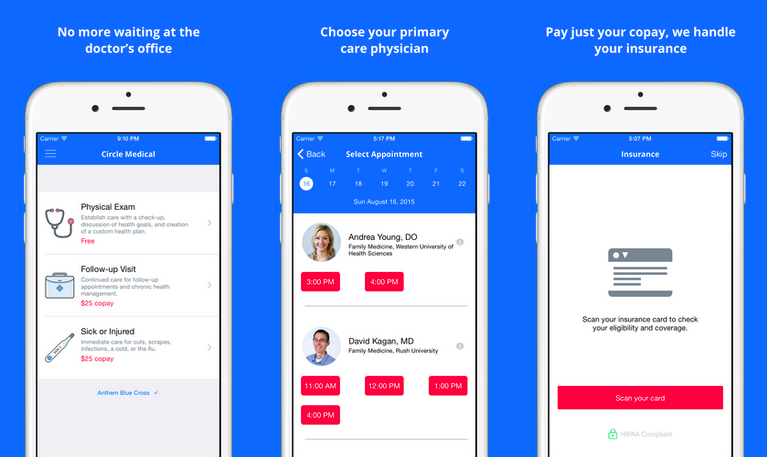
What it is: Circle Medical is a full-service, on-demand medical practice meant to dematerialize the regular doctor's office. Its full-time staff of doctors lets you establish a primary care doctor who then makes house or office calls (via Uber). Circle Medical is considered in-network for over 97% of California patients with private insurance, so most visits just require a copay. You can use the service for annual checkups, blood tests, flu shots, or anything else -- seven days a week from 8 a.m. to 8 p.m.
Why it's important: Circle Medical is a novel example of the 6 D's in healthcare. It dematerializes and demonetizes the physical doctor's office, the hassle of waiting for an appointment, and the overhead costs that doctors in traditional practices (and patients) must pay.
Spotted by Marissa Brassfield
Optical Chip Allows for Reprogramming Quantum Computer in Seconds
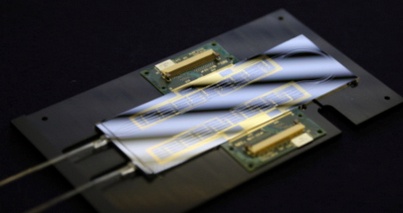
What it is: Researchers from the University of Bristol in the UK and Nippon Telegraph and Telephone (NTT) in Japan have developed a universal linear optics processor chip that enables cutting-edge quantum technology research. The re-programmable chip can process photons in quantum computers in an infinite number of ways, making it faster and easier for researchers to test new theories.
Why it's important: A researcher on the project, Jacques Carolan, said that the chip enabled them to carry out a year's worth of experiments in hours. Project leader Anthony Laing adds, "Now anybody can run their own experiments with photons, much like they operate any other piece of software on a computer. They no longer need to convince a physicist to devote many months of their life to painstakingly build and conduct a new experiment."
Spotted by Marissa Brassfield
Using Deep Learning to Make Video Surveillance Smarter
What it is: Camio is an app that turns your tablet or smartphone into a surveillance camera. Its latest expansion uses artificial neural networks with multiple cameras to identify objects like packages, dogs, trucks and bikes -- and then let you search for these objects and even set up alerts when Camio captures certain activities. An IFTTT (If This, Then That) integration enables even richer pre-programmed actions: for example, you could use IFTTT to send yourself a text if Camio detects a package at your doorstep during business hours.
Why it's important: Camio's machine learning algorithm can adjust according to what you determine interesting (via opening, playing, deleting, and thumbing clips up or down), making home video monitoring smart, fast and easy. It also teaches computers to understand what Camio records after motion is detected -- i.e., the qualities that differentiate significant motions from insignificant ones.
Spotted by Marissa Brassfield
Your Doctor Can Now Examine an Exact 3D Replica of Your Heart in Virtual Reality
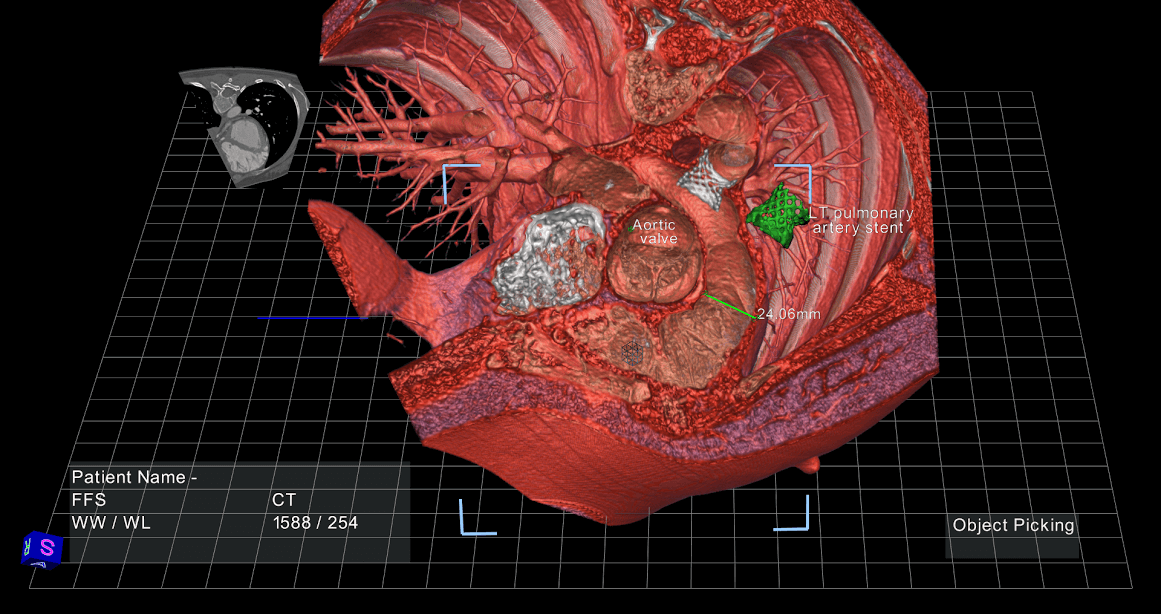
What it is: EchoPixel transforms DICOM data from MRI/CT scans and ultrasound images into floating 3D images of patients' organs. Doctors don 3D glasses and use a stylus to manipulate an exact 3D replica of a patient's heart, colon or brain -- dissecting, zooming, removing pieces and "flying through" segments of the organ in 3D space. In trials, doctors using EchoPixel were able to correctly identify cancerous lesions 100% faster and accurately size heart devices for atrial fibrillation in under two minutes (versus 45 minutes and several iterations for traditional methods).
Why it's important: Healthcare professionals can do their work faster and more accurately, enabling them to produce better patient outcomes. Imagine presenting your doctor with a digital file of your anatomy, containing annotations from every doctor or specialist you've ever visited!
Spotted by Marissa Brassfield
How IoT Will Change Your Relationship With Insurance
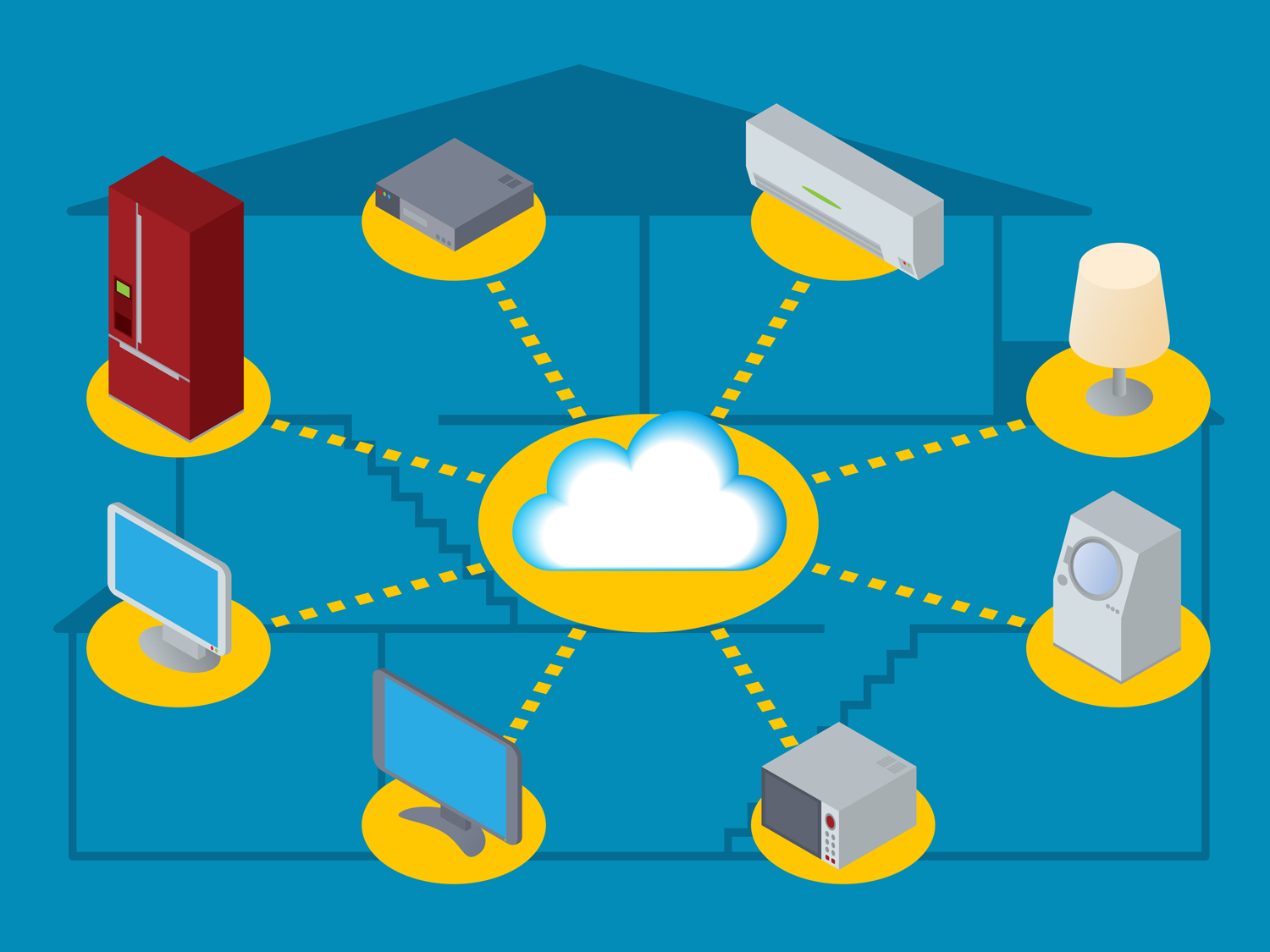
What it is: Notion CEO Brett Jurgens examines how networks and sensors will affect the insurance industry and our interactions with insurance companies. The big transformation: Instead of tiered insurance that weighs your risk against the "average" person's risk, "connected coverage" gleans trends and patterns from your behavioral data (which you've elected to share) for proactive insights.
Why it's important: Jurgens predicts that instead of reactive claims, insurance in the future will be built around prevention. Insurers can use the volume of data collected by the IoT to create personalized insurance plans that are more accurate and cheaper all around.
Spotted by Marissa Brassfield
Here's What Tech Industry Execs Are Most Excited About
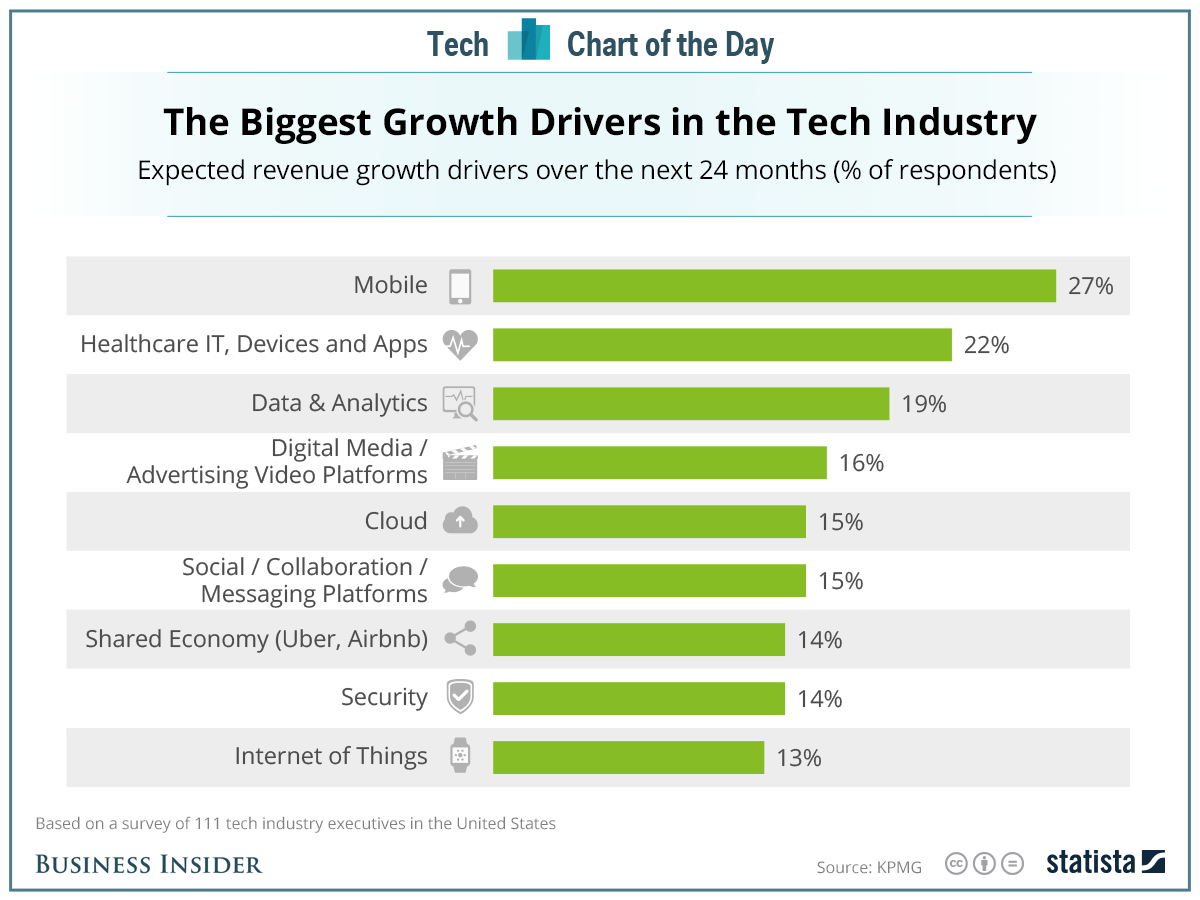
What it is: The KPMG consulting firm spoke with 111 tech execs to gauge their areas of excitement. In order, the top five expected revenue growth drivers in the next two years are mobile; healthcare IT, devices and apps; data and analytics; digital media and advertising video platforms; and the cloud.
Why it's important: More proof that mobile is eating the world, one of the metatrends Peter discussed at this year's Abundance 360 Summit. It's valuable to keep tabs on the topics that grab tech execs' excitement -- this often translates into future investments, products and services.
Spotted by Maxx Bricklin
Support Team USA in the Giant Robot Duel!
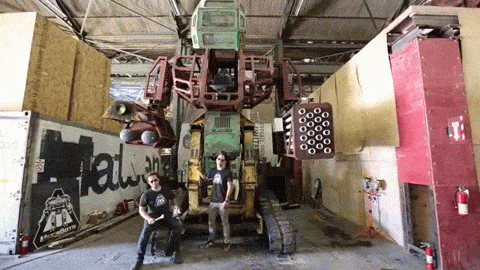
What it is: MegaBots, Inc. has challenged Japan to a giant robot duel, and they accepted, under the condition that the fight include hand-to-hand combat. MegaBots has launched a Kickstarter campaign to fund some of the upgrades to its Mk.II long-range paintball combat robot. In just under a day, almost 3,000 backers have pledged over $200,000, which is nearly half of its $500,000 goal.
Why it's important: One more example of science fiction becoming science fact. If MegaBots' campaign is successful, it won't be long until we see a real-life international 'Transformers' showdown.
Spotted by Peter Diamandis
Helping Siri Hear You in a Party
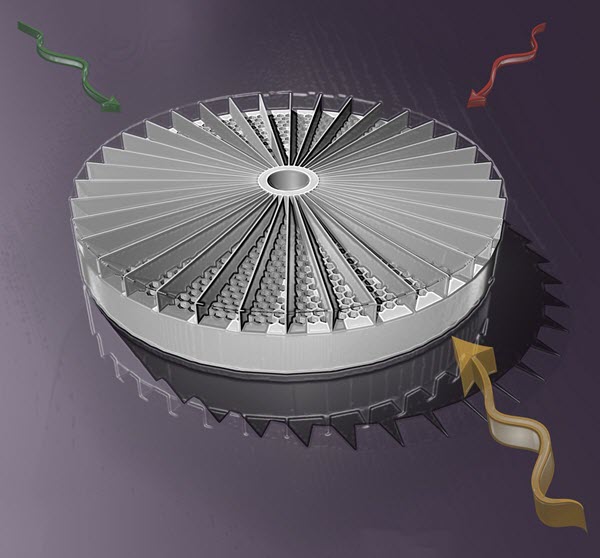
What it is: Engineers at Duke University have developed a 3D printed device that uses plastic metamaterials to replicate the "cocktail party effect," or our natural ability to isolate a single voice despite the distractions of many other voices coming from different directions.
Why it's important: Near-term, researchers say the device could improve and simplify voice-activation features of smartphones and game consoles, and also improve medical sensing devices that use sound waves (like ultrasound or cochlear implants). KurzweilAI projects that a future iteration could help soldiers separate battlefield sounds and gunshots, or separate out underwater sounds in hydrophone-based systems.
Spotted by Marissa Brassfield
How a Digital Pen Can Help Doctors Diagnose Brain Disease Earlier
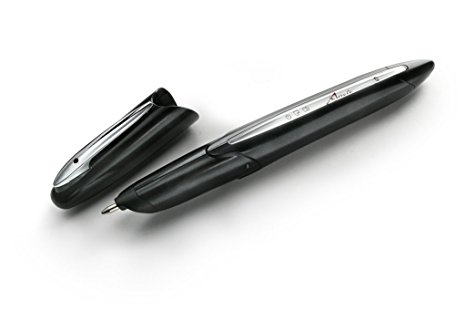
What it is: MIT researchers reworked traditional drawing tests for brain conditions like dementia by replacing a regular pen with an Anoto Live Pen, which contains an embedded camera that can measure its position on the paper more than 80 times a second. The digital process yielded "significantly more accurate" results, according to MIT. CSAIL principal investigator Cynthia Rudin added, "We've improved the analysis so that it is automated and objective. With the right equipment, you can get results wherever you want, quickly, and with higher accuracy."
Why it's important: As organizations like Human Longevity Inc. work to eradicate brain diseases like Alzheimer's and Parkinson's, early detection and diagnosis are increasingly important. This testing method is one example of how health diagnostics could be digitized and ultimately democratized.
Spotted by Marissa Brassfield
New Stretchy Electronics Will Help Us Stay Healthy And Safe
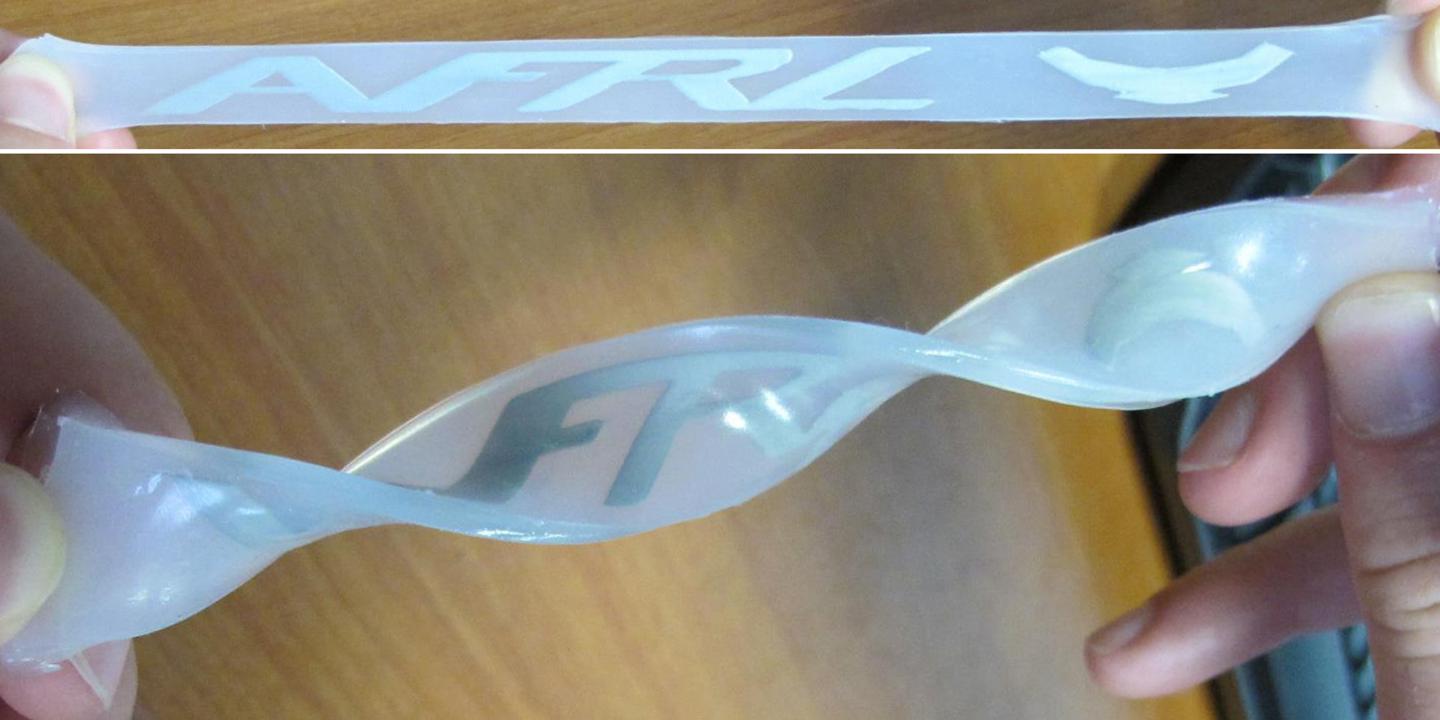
What it is: Air Force Research Laboratory researchers are developing on electronics embedded in malleable casings using 3D printing technologies. "With our technology," says Benjamin Leever, Ph.D., "we can take a razor-thin silicon integrated circuit, a few hundred nanometers thick, and place it on a flexible, bendable or even foldable, plastic-like substrate material.
Why it's important: This sensor-laden, flexible "tough skin" is ideal for situations that require high sensitivity, like detecting stress in airplanes, buildings, and even human skin. Future iterations could translate into health care -- imagine using a device like this to augment human organs, like we use pacemakers today to regulate heartbeats.
Spotted by Marissa Brassfield
Technology Has Created More Jobs Than It Has Destroyed, Says 140 Years of Data
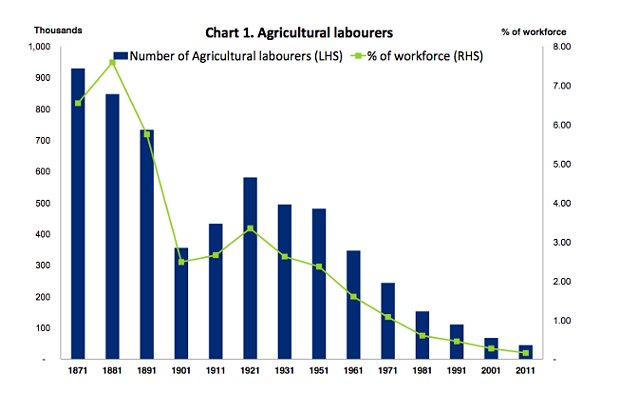
What it is: Deloitte analyzed census data for England and Wales from 1871 to the present to analyze the impact of technology on jobs. Their conclusion? Technology has been a "great job-creating machine": as technology has increased spending power, it's also created new demand and new jobs. For example, the rise of automation in manufacturing and agriculture was accompanied by rapid growth in the business services, technology and creative sectors.
Why it's important: More proof that technology isn't eliminating the need for human labor -- instead, it's redefining the categories of in-demand work and reducing the demand for jobs most of us don't want or like in the first place.
Spotted by Charlie Bradshaw
Want more conversations like this?
At Abundance 360, Peter's 250-person executive mastermind, we teach the metatrends, implications and unfair advantages for entrepreneurs enabled by breakthroughs like those featured above. The program is highly selective and we're almost full, but we're still looking for a few final CEOs and entrepreneurs who want to change the world. Apply now for Abundance360 Summit if you'd like to develop an Abundance Mindset.
Know someone who would benefit from getting Abundance Insider? Send them to this link to sign up.
Topics: Abundance Insider



